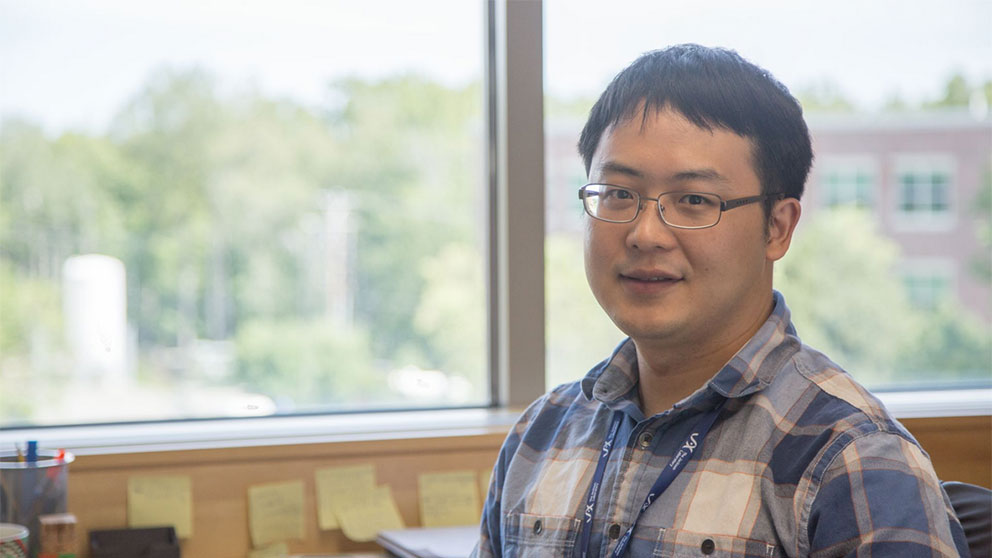
Our bodies have many built-in systems to prevent uncontrolled cell division and growth, the hallmarks of cancer. Even when the tight regulation of these processes is disrupted, transformation to malignancy is rare. Instead, a complex array of cellular processes kick in to either simply stop the cell division cycle, shut everything in the cell down for a while (senescence), or activate the self-destruction mechanism (apoptosis).
While these processes in response to potentially carcinogenic stimuli have been extensively investigated, their exact timing and underlying mechanisms remain unclear. In “Modeling the response of a tumor-suppressive network to mitogenic and oncogenic signals,” a paper published recently in Proceedings of the National Academy of Sciences, a team led by Wei Wang, Ph.D., of Nanjing University (China) and Jose Onuchic, Ph.D., of Rice University, and including JAX Assistant Professor Mingyang Lu, Ph.D., developed a network model to help elucidate tumor suppression mechanisms following E1A oncogene activation. They also explored how cell fate is determined and how the process is controlled.
Multiple complex signaling pathways combine with external stimuli to determine cell fate. The model simulates the competition between tumor suppressors, namely the crucial ARF-p53 pathway, and environmental factors such as growth factors that repress apoptotic machinery and promote cell survival. The dynamics and interactions involved in this competition effectively controls cellular outcome following oncogenic signaling, but they are lost in cancer cells. Understanding the precise mechanisms involved provides a possible means to reactivate tumor-suppressive functions after transformation, thereby shutting down proliferation through systems that already exist within the cells.
Tian et al., doi: 10.1073/pnas.1702412114